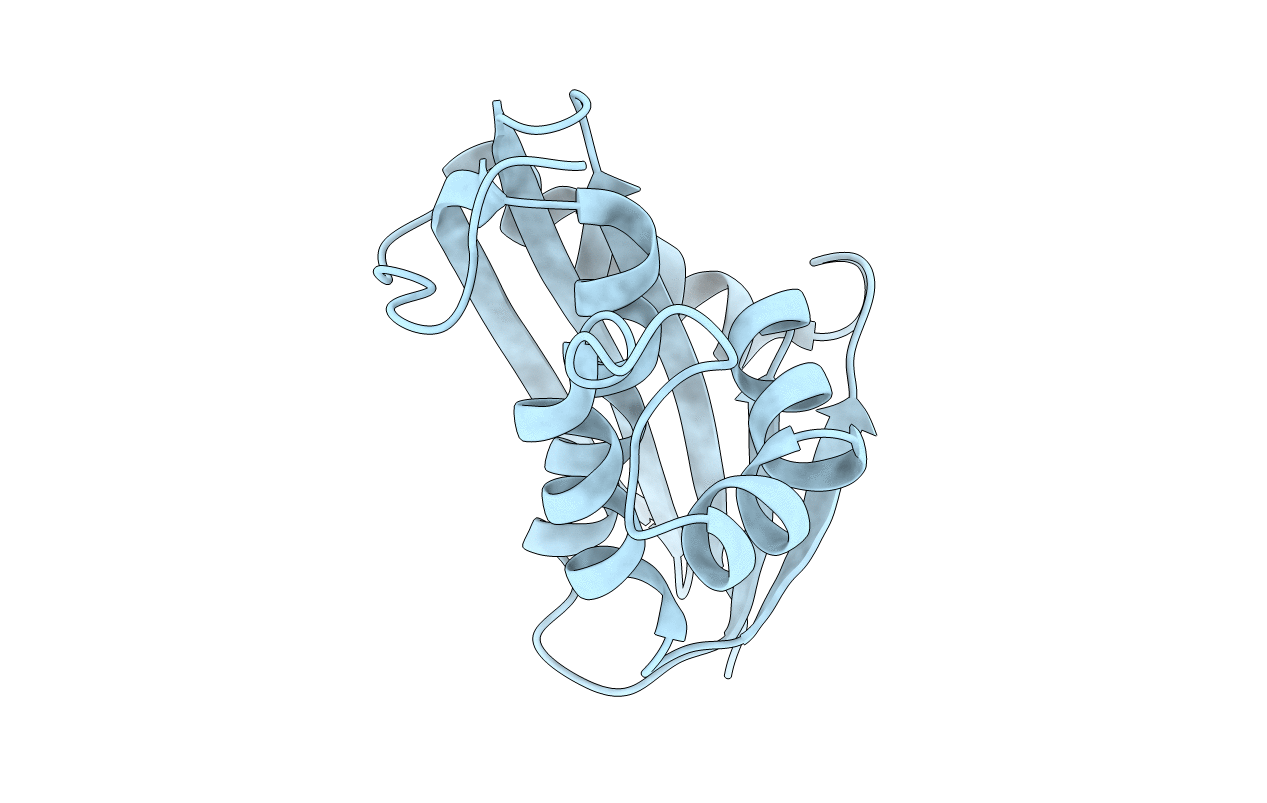
Deposition Date
2000-05-22
Release Date
2000-12-06
Last Version Date
2024-02-07
Entry Detail
PDB ID:
1F21
Keywords:
Title:
DIVALENT METAL COFACTOR BINDING IN THE KINETIC FOLDING TRAJECTORY OF E. COLI RIBONUCLEASE HI
Biological Source:
Source Organism:
Escherichia coli (Taxon ID: 562)
Host Organism:
Method Details:
Experimental Method:
Resolution:
1.40 Å
R-Value Free:
0.25
R-Value Work:
0.21
Space Group:
P 21 21 21


